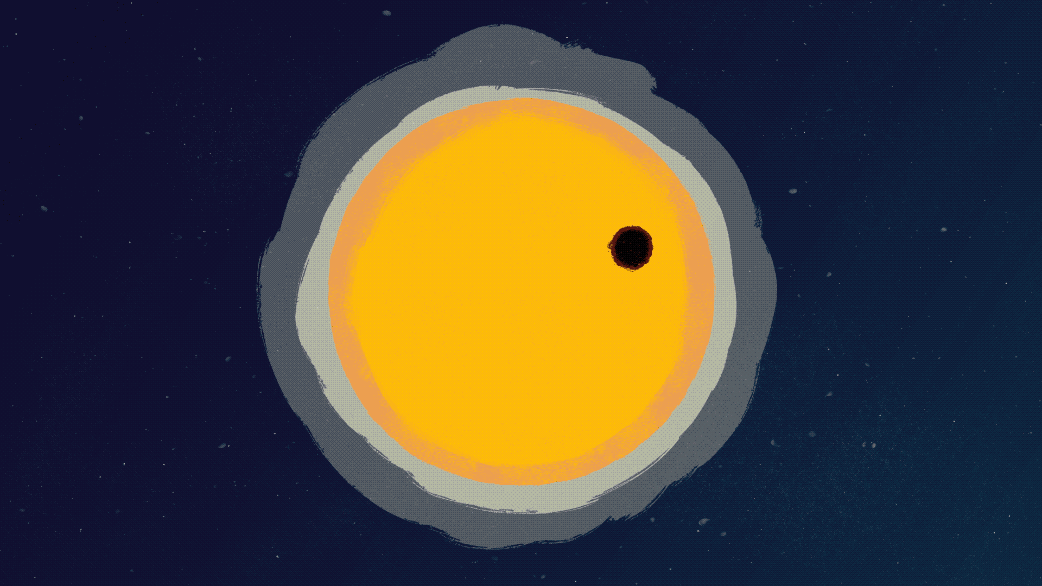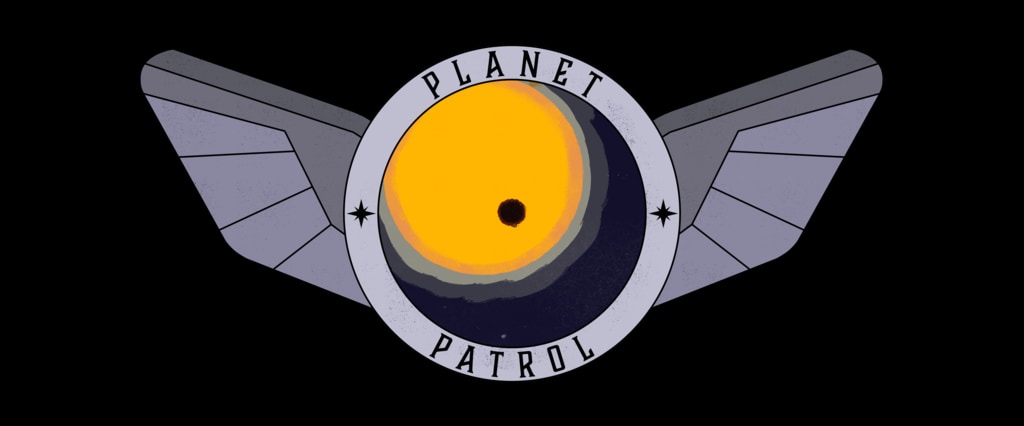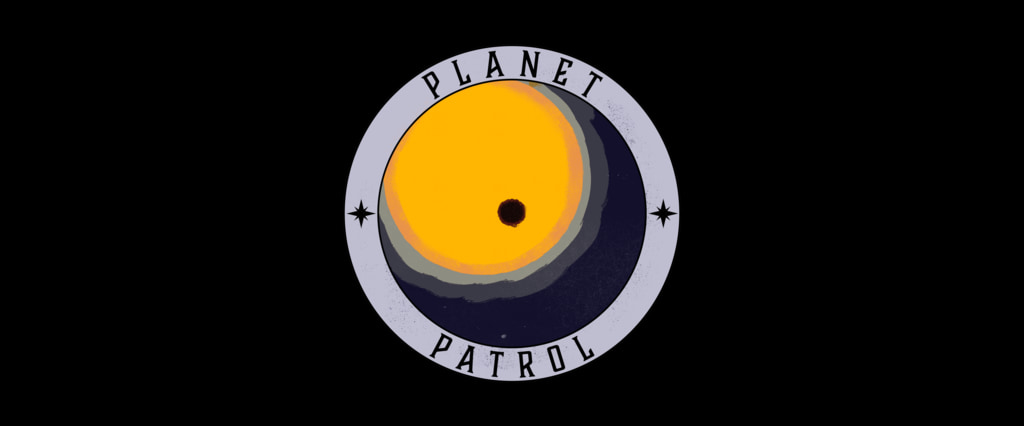Join the Hunt for New Worlds Through Planet Patrol
TESS uses its four cameras to take full images of one patch of sky, called a sector, every 10 minutes for a month at a time. This long stare allows TESS to see when planets pass in front of their stars, or transit, and dim their light. Over the course of a year, TESS collects hundreds of thousands of snapshots, each containing thousands of possible planets – too many for scientists to examine without help.
Computers are very good at analyzing such data sets, but they’re not perfect. Even the most carefully crafted algorithms can fail when the signal from a planet is weak. Some of the most interesting exoplanets, like small worlds with long orbits, can be especially challenging. Planet Patrol volunteers will help discover such worlds and will contribute to scientists’ understanding of how planetary systems form and evolve throughout the universe.
Planets aren’t the only source of changes in starlight, though. Some stars naturally change brightness over time, for example. In other cases, a star could actually be an eclipsing binary, where two orbiting stars alternately transit or eclipse each other. Or there may be an eclipsing binary in the background that creates the illusion of a planet transiting a target star. Instrumental quirks can also cause brightness variations. All these false alarms can trick automated planet-hunting processes.
On the new website, participants will help astronomers sift through TESS images of potential planets by answering a set of questions for each – like whether it contains multiple bright sources or if it resembles stray light rather than light from a star. These questions help the researchers narrow down the list of possible planets for further follow-up study.



Credits
Jeanette Kazmierczak (University of Maryland College Park): Lead Science Writer
Jacquelyn DeMink (USRA): Lead Animator
Veselin Kostov (NASA Postdoctoral Fellow): Lead Scientist
Marc Kuchner (NASA/GSFC): Scientist
NASA's Goddard Space Flight Center. However, individual items should be credited as indicated above.
https://svs.gsfc.nasa.gov/13636
Mission:
TESS
This item is part of these series:
Narrated Movies
Astrophysics Animations
Astrophysics Features
Keywords:
SVS >> HDTV
SVS >> Music
SVS >> Astrophysics
SVS >> Edited Feature
SVS >> Binary Star
NASA Science >> Universe
SVS >> Exoplanet
SVS >> Citizen Science
SVS >> TESS











